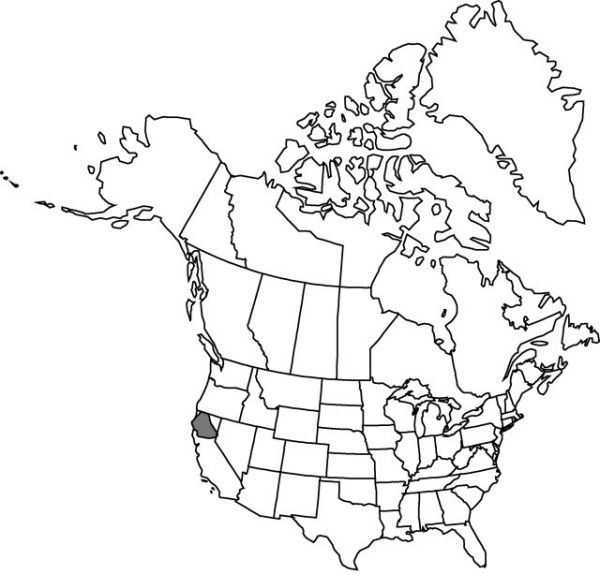Iris tenuissima
Gard. Chron., ser. 3, 51: 18. 1912.
Rhizomes freely branching, producing dense clumps, slender, 0.5–0.7 cm diam., covered with bases of old leaves; roots fibrous. Stems simple, solid, 2–3 dm. Leaves: basal with blade sometimes pink to red basally, finely ribbed, linear, 3–3.5 dm × 0.5 cm, subglaucous, margins not thickened, apex acute; cauline 1–3, imbricated, mostly free, bractlike, blade linear-lanceolate, inflated. Inflorescence units (1–)2-flowered; spathes often flushed with pink or red, lanceolate, 4–8 cm × 5–10 mm, subequal or unequal and inner somewhat longer than outer, rigid, apex acuminate. Flowers: perianth pale cream with distinct veins of lavender, reddish brown, or brown, margins often distinctly crisped; floral tube funnelform, 3–5.8 cm, slender, then expanding abruptly to base of flower; sepals spreading outward from base and remaining in horizontal position for entire length, narrowly lanceolate to oblanceolate, 4–6.5 × 1.1–1.8 cm, base attenuate into long claw; petals somewhat spreading, not strictly erect, 4.5–6.5 × 0.6–1.4 cm, base gradually attenuate; ovary 1–2 cm, gradually tapering to each end; style 2–3 cm, crests linear, undulate near tip, 1–2.5 cm; stigmas triangular; pedicel 0.8–1.8 cm at anthesis. Capsules oblong, round in cross section, 3–4 cm, base abruptly attenuate into pedicel, apex gradually acuminate into distinct beak apically. Seeds grayish brown, pyriform to oval, 3 mm, wrinkled. 2n = 40.
Phenology: Flowering Jun–Jul.
Habitat: Dry, sunny woods
Distribution

Calif.
Discussion
Iris tenuissima hybridizes with I. chrysophylla, I. douglasiana, I. hartwegii, I. macrosiphon, I. purdyi, and I. tenax.
Selected References
None.